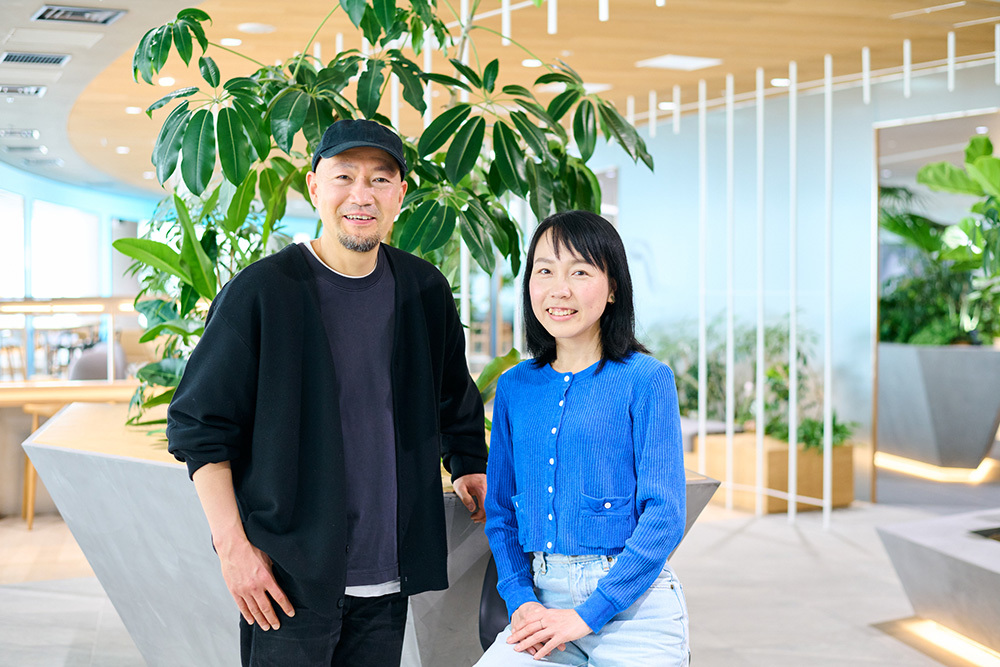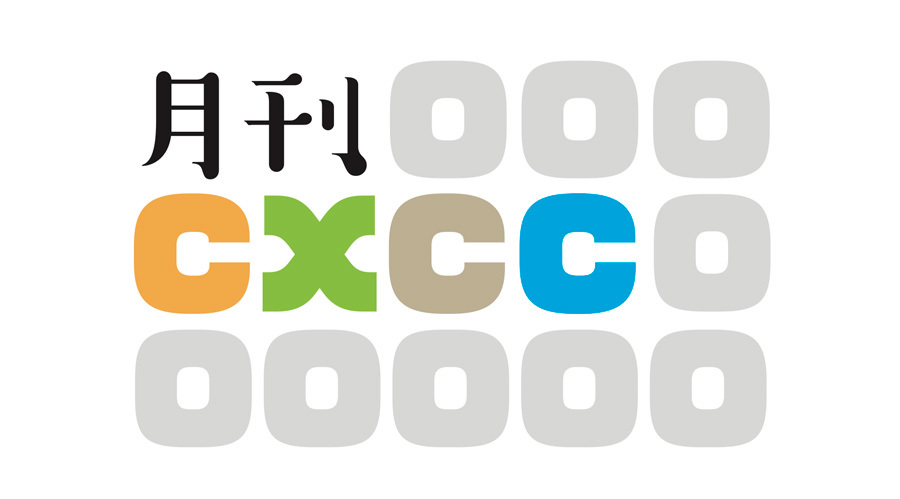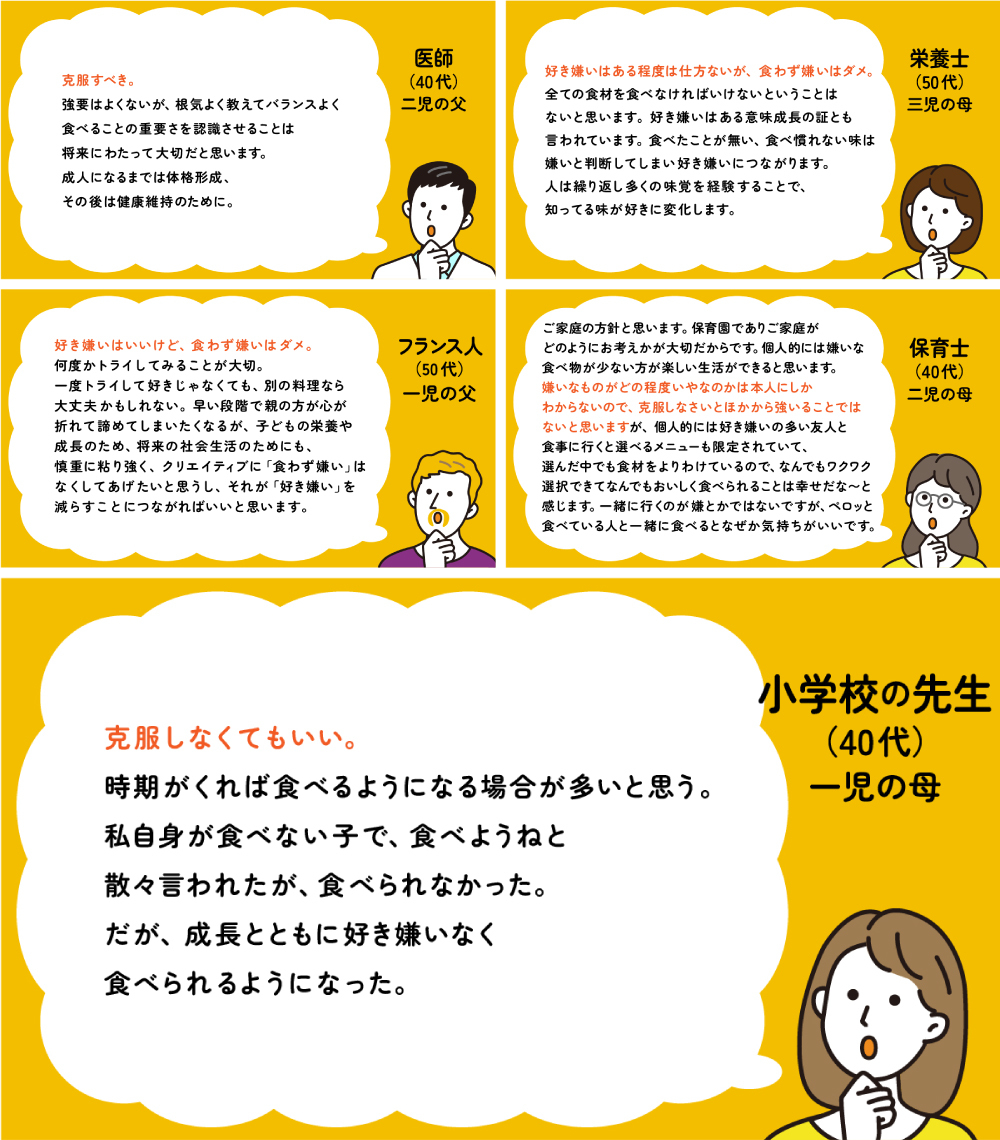CX (Customer Experience) continues to evolve daily.
How can Dentsu Inc.'s creative team contribute to the CX domain, now demanded in every scenario?
To explore this potential, Dentsu Inc.'s CX specialist division, the "CXCC" (Customer Experience Creative Center), shares insights on CX and creativity in the series "Monthly CX" ( For more on Monthly CX, click here ).
This time, we introduce the "Should We Overcome Children's Food Preferences?" campaign, the second installment of Fumakilla's " Tsukutte Tabete Project" for food education. We spoke with Creative Director Masayuki Ueda and Copywriter Akiko Hanada, who led the project.
This campaign garnered over 25,000 retweets on Twitter and collected more than 7,700 responses and opinions. Ueda and Hanada were deeply involved not only in creating the text and visuals for the posts but also in managing the Twitter account. We delve into the story behind the success of this social media campaign.

[Profile: Masayuki Ueda]
Dentsu Inc.
Customer Experience Creative Center
Creative Director / Digital Planner / CM Planner
After working at Dentsu Digital Inc. Advanced Creative Center, he joined his current division in 2021. He specializes in video-driven buzz campaigns and PR-based promotional planning, based on dual-funnel design integrating mass and digital media. Major awards include TCC, CCN, ACC, Asahi Advertising Awards, ADFEST Bronze, Spikes Asia, and NY Festival.
【Profile: Akiko Hanada】
Dentsu Inc.
Customer Experience Creative Center
Copywriter/Planner
As a copywriter/planner, she has been involved in communication and branding for various advertisers. She specializes in copy-driven communication and, in recent years, has handled branding utilizing PR and SNS. Major awards include the TCC Newcomer Award, ACC, Spikes Asia, and ADFEST.
A collaborative SNS campaign providing a platform for discussion
Monthly CX: Could you explain the overview of the "Tsukutte Tabete Project"?
Ueda: It's a food education project aimed at increasing children's hands-on experiences with food through disinfection. As a premise, Fumakilla has a product called "Kitchen Alcohol Disinfectant." The "Tsukutte Tabete Project" was born as an initiative to communicate this product's brand purpose: "Connecting 'human relationships' through food and encouraging 'real experiences.'"
Monthly CX: I understand "Should We Overcome Children's Picky Eating?" is the second campaign in this project.
Ueda: Yes. The first initiative was "Let's Make Hand-Rolled Sushi with Fish You Catch," conducted in 2022. Children boarded a fishing boat, caught fish themselves, and then made hand-rolled sushi with their catch. We shared videos of this on social media.
Hanada: For the second installment, we changed the approach, setting the theme as "Should We Overcome Children's Food Preferences?" Food preferences are a common issue for parents. While traditional values might suggest they should be overcome, we wanted to raise the question of whether that's truly necessary, sparking discussion and creating new perspectives. That's why we conceived a co-creation-based SNS campaign.
Monthly CX: What exactly is a co-creation SNS campaign?
Ueda: We didn't just provide content; we created a space for discussion on Twitter. Fumakilla's official Twitter account served to establish a place where people could debate whether overcoming picky eating is necessary and to foster an environment where sharing opinions felt comfortable. Specifically, after posing the question to the public via a PR release, we solicited user opinions through Fumakilla's official Twitter account.
Hanada: In addition to posting surveys on Twitter, we conducted a preliminary survey of 600 men and women with children, interviewed experts, and produced a verification video titled "Can You Eat Disliked Ingredients If You Cook Them Yourself?" All of this content was posted on Twitter.
Sending encouragement through content while communicating our purpose
Monthly CX: With multiple social media platforms available, why did you choose Twitter?
Ueda: To communicate our brand purpose, we needed the campaign itself to attract attention. Twitter was the optimal platform for generating buzz and facilitating discussion.
Within our limited budget, our art director and copywriter, Mr. Hanada, worked tirelessly to create the best possible video and image content for social media.
Monthly CX: "Let's encounter 'likes'. Let's encounter 'dislikes' too." is quite an impactful tagline, isn't it?
Hanada: Thank you. For this campaign, since you can encounter various ingredients while sanitizing, we went with that copy. I'm particularly fond of the "Let's encounter 'dislikes' too." part. I think it's great that it became a message affirming failures that come with curiosity.
I often hear from mom friends about struggles with kids who won't eat, so I also wanted to convey encouragement—that having likes and dislikes is perfectly normal and okay.

Monthly CX: I see. Personally, I found the expert comments interesting too. It shows that even people with specialized knowledge in parenting and nutrition have differing opinions on this issue.
Hanada: It's interesting how opinions differ, isn't it? Interviewing people via email from diverse fields—doctors, nutritionists, teachers, food company employees—really drove home how varied perspectives can be. As content, I think we succeeded in presenting various viewpoints without pushing a single "correct" answer, encouraging readers to "choose the opinion you like best."
Monthly CX: The verification videos are great too, with the kids genuinely looking like they're having fun.
Ueda: One child in the video tried a dish with ingredients they disliked and said, "It was delicious!" But when asked, "Would you eat it again?" they replied, "No, I won't eat it again" (laughs).
This perfectly fits the concept of "encountering 'dislikes'" mentioned in Hanada's copy and truly embodies the importance of experiencing things firsthand.
With the help of Twitter specialists, we achieved significant engagement.
Monthly CX: How significant was the campaign's response?
Ueda: We gathered over 25,000 retweets and more than 7,700 replies and opinions. We maintained high engagement throughout the entire period, and client satisfaction was also very high.
Monthly CX: Could you tell us how you managed the Twitter account?
Hanada: Using Fumakilla's official account, we ran the campaign from January 24 to 30, 2023, changing the account name and top page to match the campaign. Using the poll feature and asking "Please share your thoughts" really paid off—we got so many opinions, which was great. It made me realize that regardless of whether they overcome it or not, many people have strong feelings about their likes and dislikes.
Monthly CX: Did you personally manage the Twitter account during the campaign period?
Hanada: Yes. I thought about what to tweet and was deeply involved in the operation, communicating with the person in charge of Fumakilla's official Twitter account. The manager shared detailed tips like: "It's better to post at staggered times rather than all at once," "This time slot is when followers are most active, so post then," "This phrasing won't get the message across," and "Let's split this tweet into two parts." In this way, we collaborated with Fumakilla to handle everything in-house, including designing the survey, collecting responses, analyzing data, selecting comments, and proofreading text.
Monthly CX: Wasn't it challenging to produce so much content, like graphing survey results and compiling expert comments?
Hanada: The significance of this campaign lay in providing content, not just advertising. We approached it with the mindset of "creating good content," which made it rewarding and allowed us to leverage our accumulated skills and experience.
Regarding Twitter management, our deep involvement revealed the need for advanced knowledge, which was a learning experience. We also got help from colleagues well-versed in social media.
Monthly CX: What specific aspects did they assist with?
Ueda: Crisis management. While Fumakilla wanted to maintain a neutral stance, there was concern that "no matter how careful we are, opposing opinions could still spark a backlash." They requested we establish a response plan for potential crises.
Therefore, we consulted with the company's internal social media crisis management specialist to get advice on how to respond and developed countermeasures. While nothing like that actually happened, it was good to have proper measures prepared.
Even in different fields, skill can move people's hearts
Monthly CX: From a CX perspective, what do you think are the key points of this campaign?
Ueda: For me, it's the video; for Hanada-san, it's the copy. Building on the creative strengths we've cultivated over time, we managed to generate buzz solely through digital channels—specifically, social media posts—without using mass media. It made me realize that as long as you have the foundational skills, you can move people's hearts even when the field changes.
Hanada: Previously, we were asked for "creative techniques to produce good expressions." At CXCC, however, we're asked to think from the CX framework: "When, where, who, and how." This time, we started by creating a mechanism to spark discussion on Twitter and build new values, then developed the accompanying expressions.
There was an overwhelming amount to accomplish, but I believe this campaign succeeded because specialists from each field—those who think from the system, those who think from the words, those who think from the video—came together.
Ueda: Looking at the finished product, I think a key point is how directly the core concept and copy connect to the deliverables. If the starting point is off, you lose sight of the whole. Expanding from that starting point has always been important, but this project reaffirmed its significance.
Monthly CX: Finally, if there's anything you'd like to challenge yourself with going forward, please share.
Hanada: During this campaign, through interviews, I encountered unexpected perspectives and practical ideas that surpassed my imagination. It made me truly appreciate the value of listening to others. Moving forward, I want to increase opportunities to listen to people and creatively reflect that richness.
Ueda: There are many "values of what's interesting" in the world—like technology being interesting, or things being interesting because they benefit society. However, with so many different kinds of interesting out there, it can feel overwhelming. I want to pursue my own definition of what's interesting.
Monthly CX: Thank you. We hear a third installment is in the works, and we look forward to seeing how things develop.
(Editor's Note)
In Monthly CX Issue 16, we introduced a case study focusing on the relatable issue of "children's picky eating."
By setting a theme that makes you want to chime in, and carefully designing content that fairly presents diverse opinions, it provided an opportunity to rethink the long-held value that "likes and dislikes should be overcome." We're already excited to see what the third installment will bring.
This interview was conducted in collaboration with 'CX Creative Studio note' ( see here for details on CX Creative Studio note ). We are also working with Dentsu Digital Inc.'s CX Creative Team, not just the Dentsu CXCC team, to collect and introduce a broader range of case studies. If you're interested, please check that out as well.
If you have any requests for future case studies or themes you'd like us to cover, please send a message to the Monthly CX Editorial Department via the contact page below. Thank you for your continued readership.

Monthly CX Editorial Department
Dentsu Inc. CXCC: Koike, Oda, Takakusaki, Kanasaka, Okumura, Ohtani















